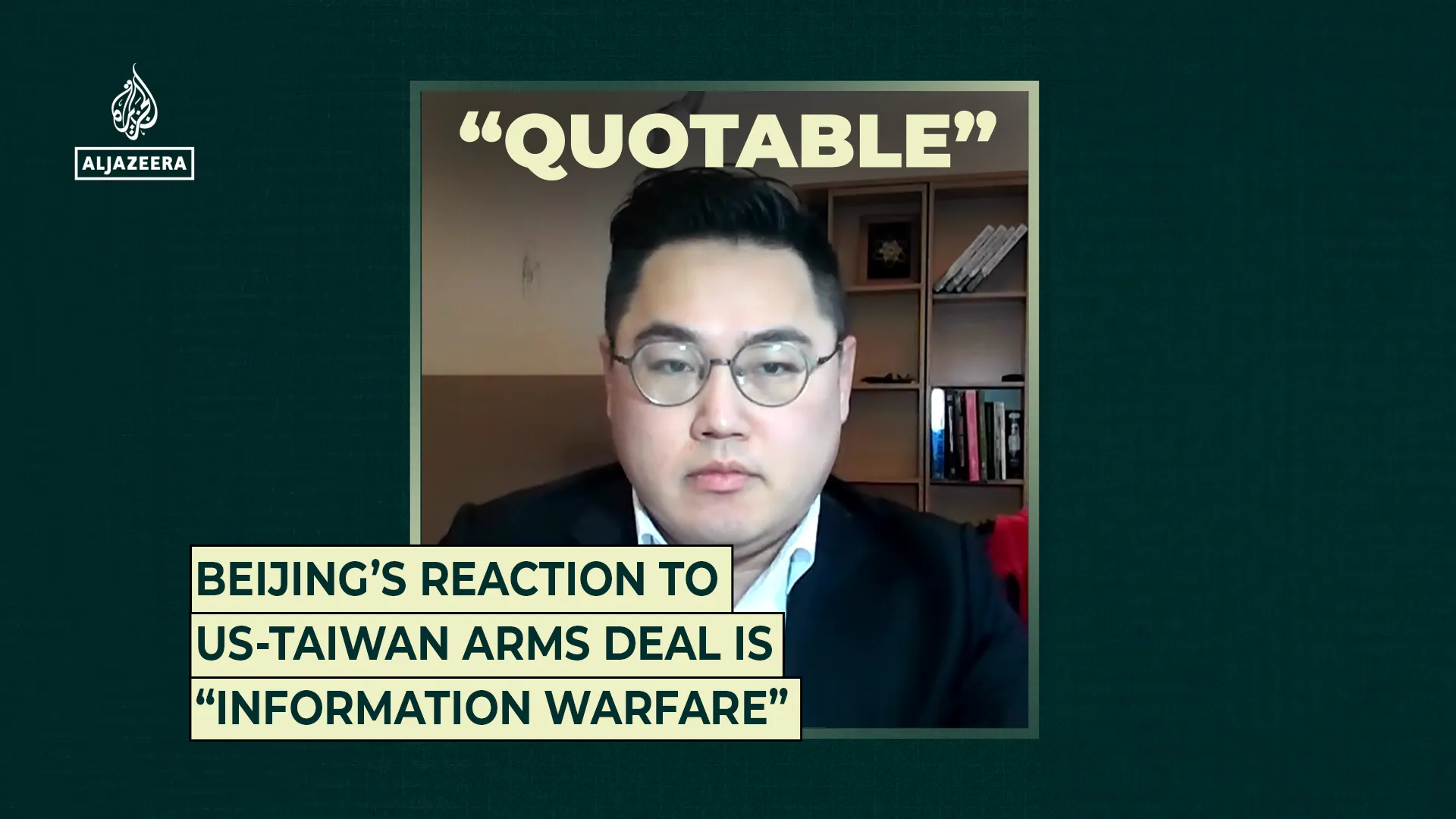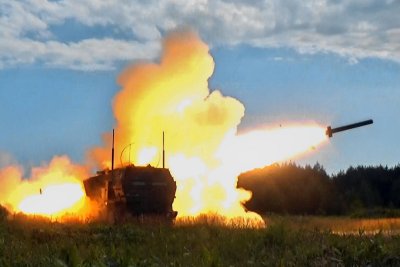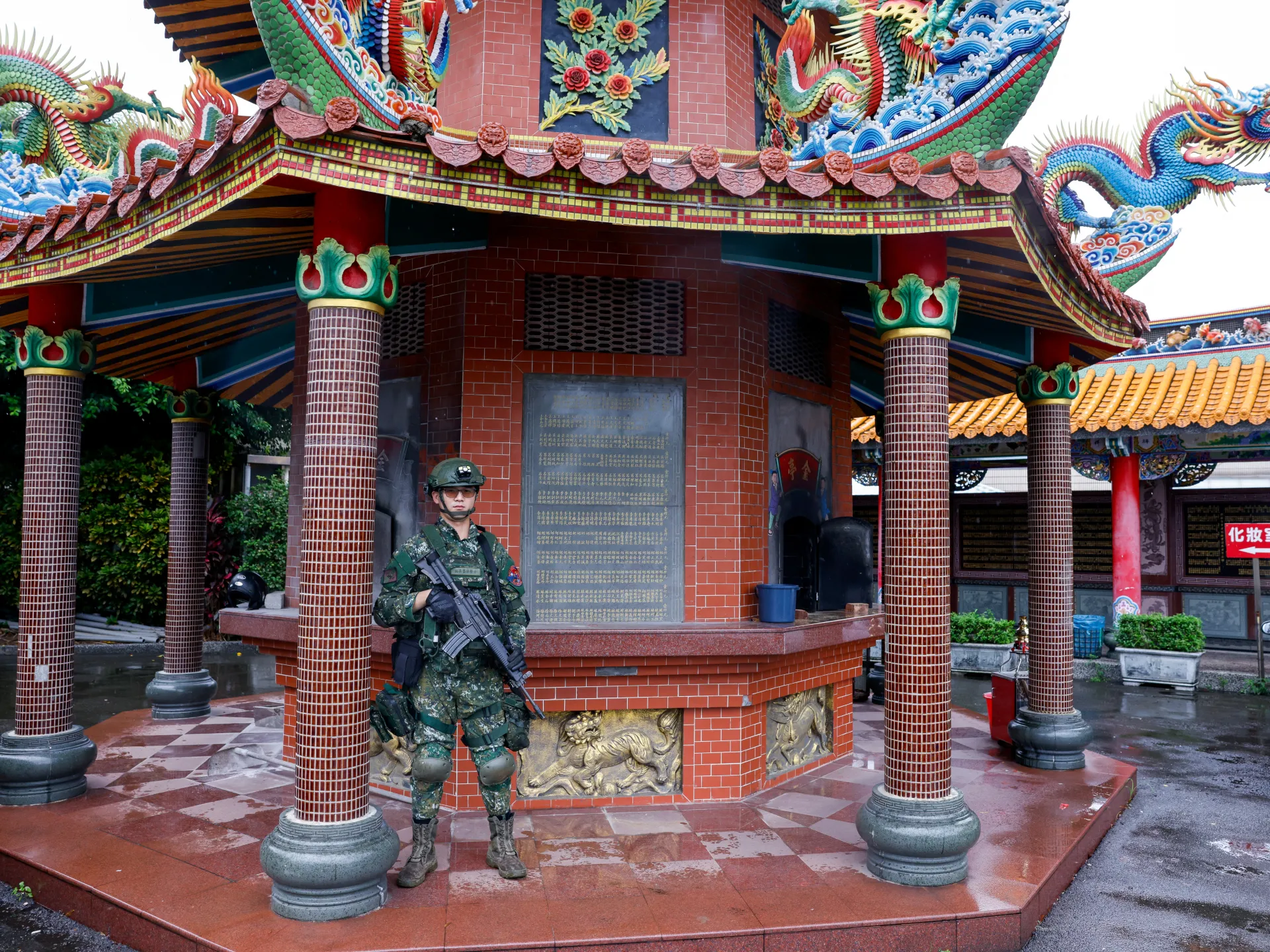Looking for a cosy UK weekend getaway this winter? This award-winning country pub ticks all the boxes, our writer Sam Kistamah found out on a recent stay there
Approaching The Gunton Arms, we quickly realised it’s not your average local. It is a pub, but one set in a 1,000-acre deer park near Cromer in rural Norfolk, kitted out in furnishings to rival posh department store Liberty and with walls covered in art by the likes of Tracey Emin and Damien Hirst. And there’s a restaurant that’s in the Michelin Guide too. The deer park surrounds the 18th-century Gunton Hall, and The Gunton Arms was originally a farm that became the second house to Gunton Hall.
After careful restoration by art dealer Ivor Braka (hence the amazing collection), The Gunton Arms opened as a pub with bedrooms in 2011, and earlier this year was listed in the top 20 of The Good Food Guide’s best British pubs.
The food at The Gunton Arms
The Elk Room restaurant is dominated by a giant Irish elk skull, which hangs over an open fire. That’s where chef Stuart Tattersall cooks local fare, including venison from the deer park and beef from the Blickling Estate. Being four miles from the coast, The Gunton Arms also offers seafood, including a popular Cromer crab pasta dish.
We began with fried cod cheeks with caper and bronze fennel mayonnaise, and mixed beets with pickled walnuts and Binham blue. We loved the tender nuggets of cod with their zingy sauce, and the sweet beets were beautifully contrasted by creamy blue cheese and tangy slivers of walnut.
For mains, we devoured the sirloin steak, which had been perfectly cooked on the fire, and came with roast potatoes and a jug of Béarnaise sauce, and the roasted halibut special, accompanied by a buttery spinach and chive sauce and tasty Portland cockles. As keen dessert fans, we inhaled the Norfolk treacle tart with clotted cream and buttermilk pudding with honeyed fig.
The next day, we had lunch at The Gunton Arms’ sister pub The Suffield Arms, which serves outstanding Mediterranean tapas. Highlights included the corn ribs with mojito mayonnaise, and the white Andalusian prawns with garlic and chilli.
The rooms at The Gunton Arms
There are 16 rooms and we stayed in the stunning Rocksavage suite, which gave us some major inspiration for our own home renovation with its muted tones and carefully chosen pieces of art and dark wood furniture. Everything, from the marble bathroom with its roll-top tub to the sumptuous bed, oozed elegance. While the suite was traditionally decorated, we appreciated the Nespresso machine and Roberts radio, and the Norfolk Natural Living toiletries were a nice touch too.
What is there to do around The Gunton Arms?
You can explore the deer park but we were told not to approach the herd as it was rutting season when we visited – we loved watching them from the pub garden while enjoying a glass of chilled Gavi. The pretty seaside town of Cromer is a 10-minute drive away, and the pub is an ideal base for visiting the beautiful North Norfolk coast. With its towering sand dunes, Holkham Beach is a must-see spot that’s loved by the royals as it’s close to Sandringham.
How much does it cost to stay at The Gunton Arms?
Rooms at The Gunton Arms start from £145 per night.





